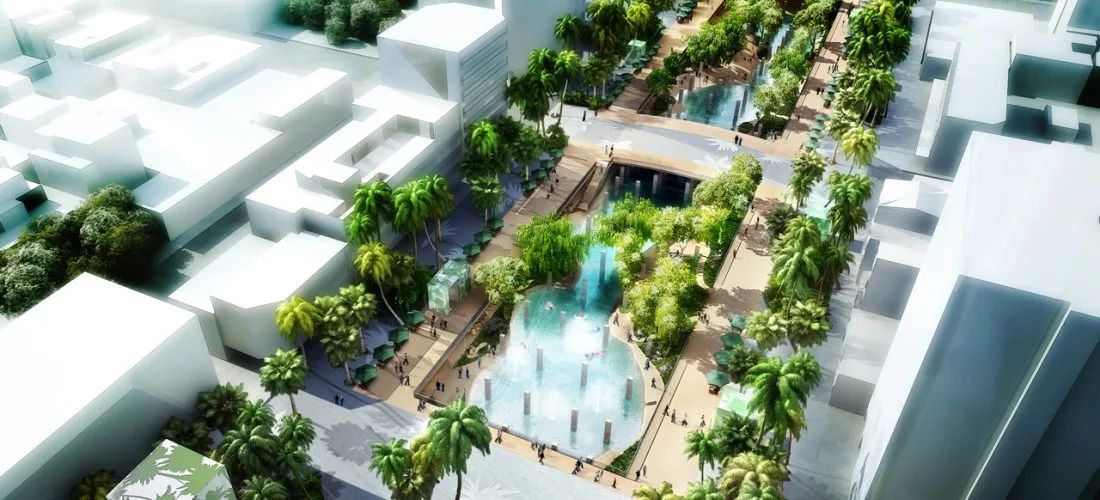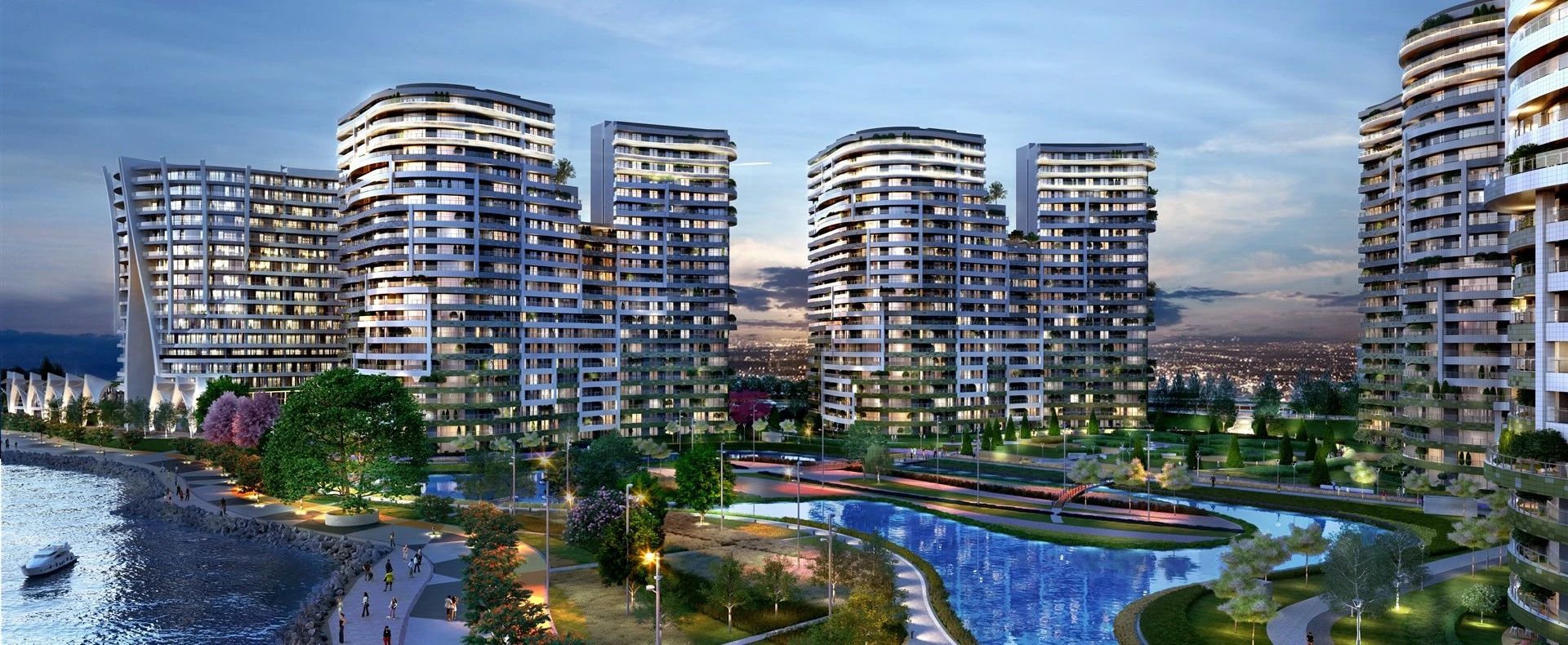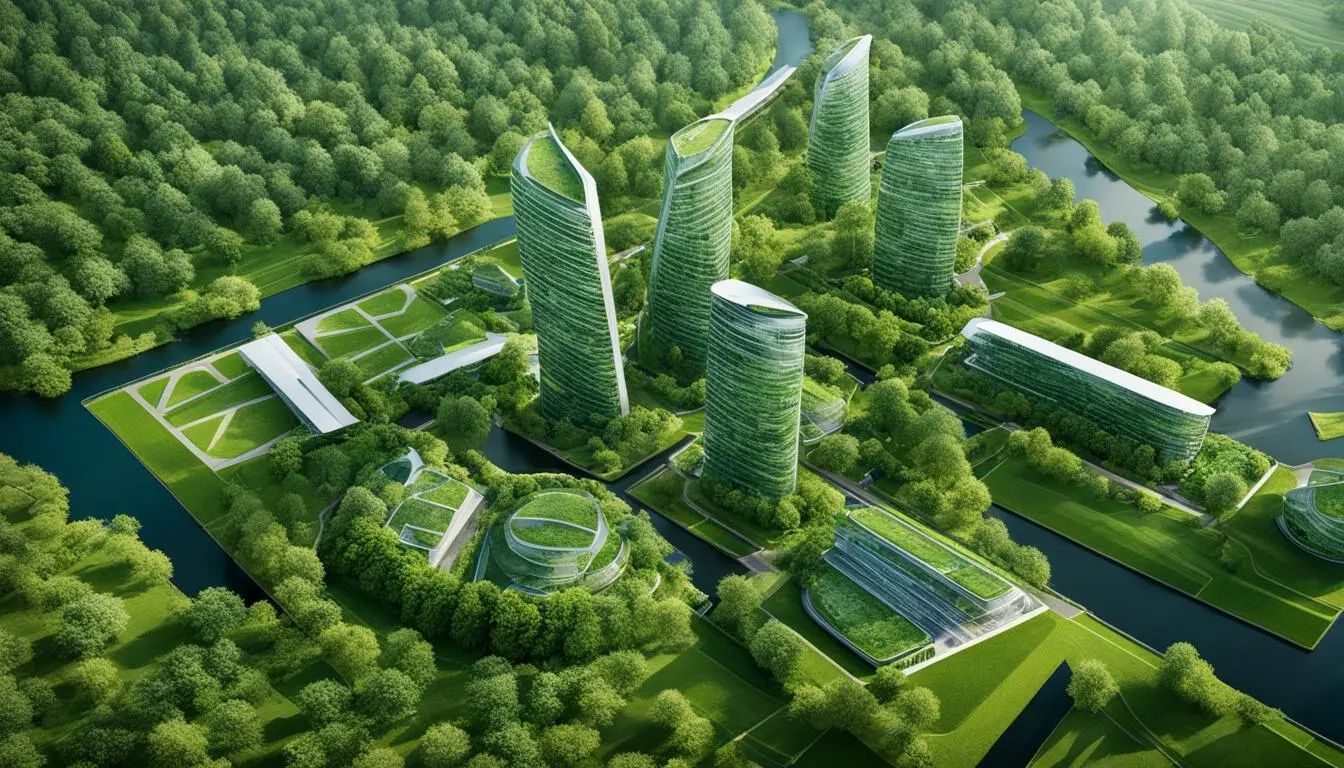Urban Transformation and Investment Opportunities in Türkiye
News from Türkiye

Urban transformation in Türkiye has become a significant trend in recent years, driven by the need to modernize aging infrastructure, improve living conditions, and accommodate the growing urban population. This wave of urban renewal presents exciting investment opportunities, particularly in major cities like Istanbul, Ankara, and Izmir. As the government continues to implement large-scale projects aimed at enhancing urban environments—such as improving transportation networks, creating sustainable neighborhoods, and upgrading housing standards—developers and investors are increasingly focused on revitalizing underdeveloped or dilapidated areas. These urban transformation projects not only boost the overall livability of cities but also offer lucrative potential for capital appreciation and high rental yields. Additionally, the introduction of green building standards and energy-efficient construction is creating a new wave of demand for sustainable and eco-friendly properties. With urbanization continuing to rise in Türkiye, coupled with strong economic growth and urban revitalization initiatives, investors who strategically tap into these transformation projects stand to benefit from long-term value gains and a thriving real estate market.
How Urban Renewal Affects the Real Estate Market
Urban renewal plays a pivotal role in shaping the real estate market by revitalizing deteriorating neighborhoods, improving infrastructure, and creating new opportunities for development. In Türkiye, as urban renewal projects progress, they lead to significant changes in property values and investment dynamics. As older, neglected areas are transformed with modern housing, commercial spaces, and upgraded public amenities, property values in these regions tend to increase. This creates a ripple effect, not only boosting the local economy but also attracting both local and international investors. Moreover, urban renewal often involves the introduction of green spaces, transportation improvements, and sustainable building practices, making these areas more desirable for residents and businesses. For real estate developers, this opens up opportunities for high-return projects, particularly in previously overlooked locations. However, the effects of urban renewal are not limited to gentrification; they also improve the overall urban environment, leading to a higher quality of life for residents. Ultimately, urban renewal drives demand for modern, eco-friendly properties and contributes to the long-term growth and development of the real estate market.
Investment Advantages and Risks in Redeveloped Areas
Investing in redeveloped areas offers several advantages, making it an appealing choice for real estate investors. One of the key benefits is the potential for capital appreciation. As urban renewal projects improve infrastructure, enhance property values, and attract new businesses, properties in redeveloped areas often see substantial increases in value over time. Additionally, these areas tend to attract a growing population, boosting demand for both residential and commercial spaces, which can lead to higher rental yields. Redeveloped areas also often benefit from improved amenities such as parks, transportation networks, and modern services, making them more attractive to tenants and homebuyers.
However, there are also risks associated with investing in redeveloped areas. One of the primary concerns is the uncertainty of the long-term success of redevelopment projects. While the initial improvements may attract interest, market fluctuations, changes in government policies, or economic downturns can impact the anticipated return on investment. Moreover, gentrification may displace existing communities, leading to potential social tensions and reducing the appeal for certain demographics. There can also be unforeseen construction delays or cost overruns, particularly in large-scale urban renewal projects. Therefore, it is essential for investors to conduct thorough research, assess the stability of the redevelopment plan, and consider both the potential rewards and risks before committing to investments in these areas.
Key Factors to Consider When Investing in Urban Renewal Projects
Investing in urban renewal projects presents an exciting opportunity for real estate investors, but it also requires careful consideration of several key factors to ensure success. Location is one of the most critical aspects—areas with strong potential for growth, strategic proximity to transportation hubs, and access to amenities are more likely to see significant value appreciation. Government policies and incentives also play a major role, as supportive urban planning initiatives, tax incentives, and public-private partnerships can boost the profitability of a project. Additionally, market demand should be assessed; understanding the types of properties in demand—whether residential, commercial, or mixed-use—is essential for aligning investment with local needs.
Another important factor is development timeline and risks. Urban renewal projects can take years to complete, and investors must consider the potential for delays, unexpected costs, or shifts in market conditions. It's also crucial to evaluate the social and environmental impact of the project, as gentrification can sometimes lead to unintended consequences, such as displacement of lower-income residents. Lastly, the sustainability of the project is becoming increasingly important, with eco-friendly and energy-efficient developments gaining traction in the market. By carefully weighing these factors, investors can make informed decisions and capitalize on the growth potential of urban renewal projects while managing associated risks.
Urban renewal projects offer significant investment opportunities, especially in rapidly growing cities like those in Turkey, where improving infrastructure and modernizing neighborhoods can lead to long-term value growth. However, successful investment requires a thorough understanding of key factors such as location, government policies, market demand, and the risks associated with development timelines and social impacts. By considering these aspects carefully, investors can maximize their returns while contributing to the revitalization of urban areas. As cities continue to evolve, urban renewal projects will remain a cornerstone of real estate development, offering both challenges and immense potential for those who approach them strategically.






